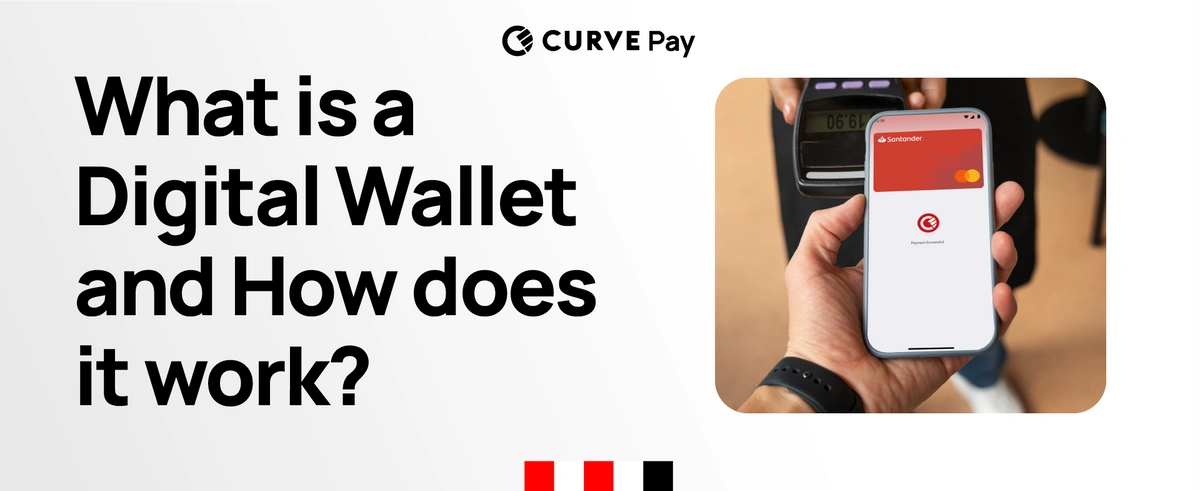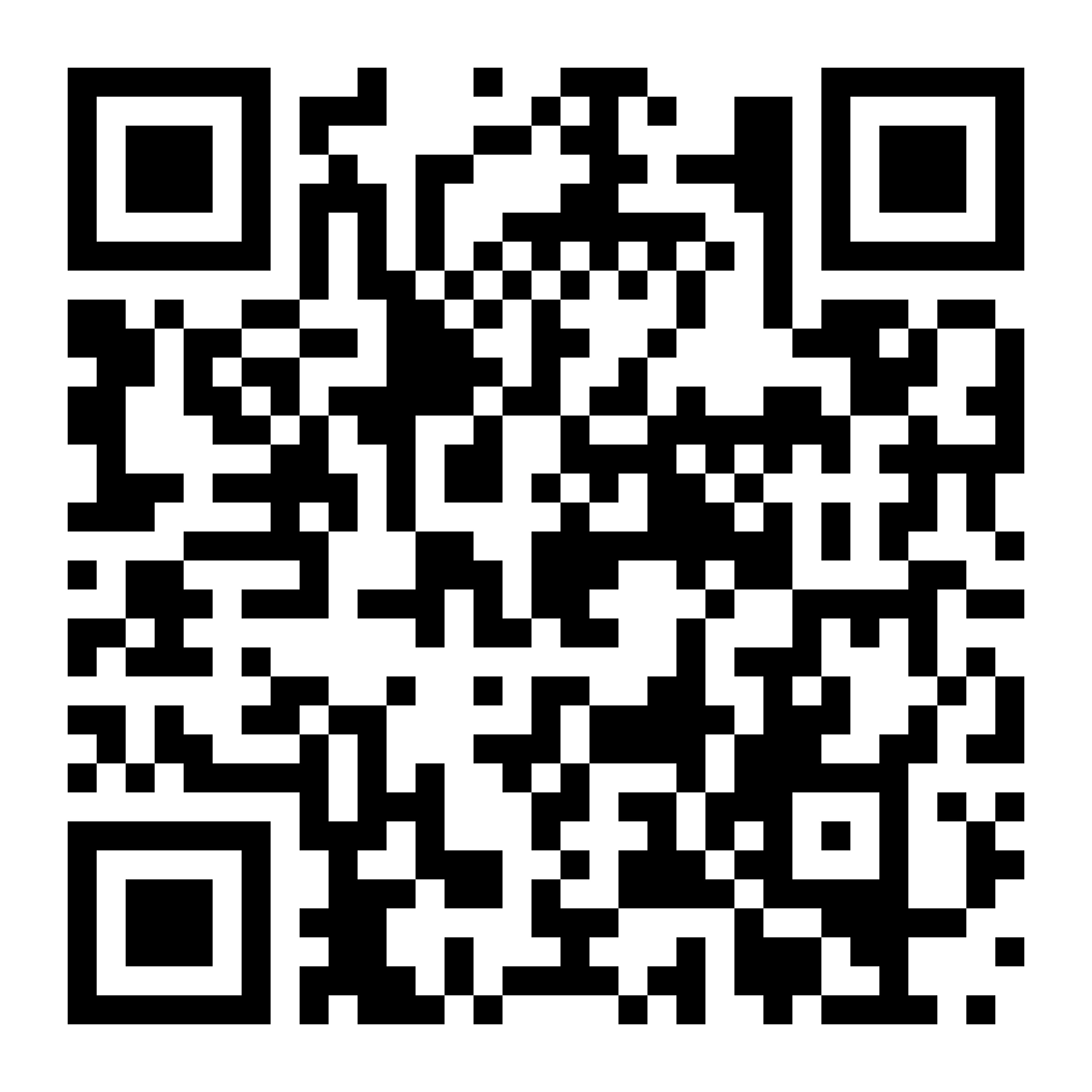
What is a Digital Wallet and How Does it Work?
TL;DR
-
A digital wallet is an app that stores your debit cards, credit cards, loyalty programmes, and more—all in one secure place.
-
Popular types include mobile wallets (like Apple Pay, Google Pay, Curve Pay), online wallets (like PayPal), and closed wallets (like Starbucks).
-
Features include encryption, tokenisation, NFC, and biometric login for safe, fast payments online and in-store.
-
Curve Pay goes further—link all your cards, earn extra cashback, and switch payment cards after you’ve made a purchase.
-
Digital wallets are convenient, secure, and ideal for managing spending without the bulk of a traditional wallet.
In a world that barely uses cash any more, digital wallets are quickly becoming the new normal. Whether you’re paying for coffee with your phone, sending money to a friend, or shopping online, with over 3.4 billion digital wallet users worldwide, chances are you’re using a digital wallet already.
But what exactly is a digital wallet? Why are millions ditching their old leather wallets for apps? In this guide, we’ll break down what digital wallets are, how they work behind the scenes, and why they’re changing the way we pay for good.
What is a Digital Wallet?
A digital wallet is an app or online service that stores your payment methods, loyalty cards, tickets, and even ID in one secure digital space. Instead of carrying physical cards or cash, you can pay, transfer money, and manage transactions straight from your phone, smartwatch, or computer.
You might have heard it called by terms such as “e-wallet,” “virtual wallet,” or “digital wallet app,” all of which refer to the same technology. Some are built for quick payments in shops, like Apple Pay or Google Pay. Others, such as PayPal or Curve Pay, focus on broader uses, including online shopping and keeping your finances and payment methods organised.
Put simply, a digital wallet is a smarter and more convenient way to manage your money, designed for how people actually live and spend today.
How Do Digital Wallets Work?
Digital wallets use a combination of secure technology and simple design to make payments fast and safe:
-
Encryption & Tokenisation: Your real card details are encrypted and replaced with unique codes. This means your actual information never gets shared directly with merchants.
-
NFC & QR Codes: Most mobile wallets use NFC (near-field communication) for tap-to-pay, or QR codes for quick scanning.
-
Biometric Security: Many wallets use fingerprints, face recognition, or passcodes to authorise transactions.
-
International Payments: Some mobile wallets, such as Curve, allow easy international payments and currency conversions.
In practice, you just unlock your device, choose your payment method in the wallet app, and hold it near a payment terminal or click a button online. The wallet does the rest, authenticating your identity and sending payment instantly.
Behind the scenes, each transaction uses security features like tokenisation and encryption to protect data from fraud and unauthorised access.
Types of Digital Wallets
Digital wallets come in various forms, each tailored to different payment needs and preferences. The main categories you’ll encounter are:
Mobile Wallets
Mobile wallets are apps installed on smartphones or smartwatches, designed for quick, secure payments in shops, online, and within apps. These wallets use technologies like NFC for tap-to-pay purchases, and often allow you to store loyalty cards, public transport tickets, and even IDs. Some mobile wallets, such as Curve Pay, let you manage and use multiple cards for online purchases, giving you flexibility and control over how you pay.
These wallets offer great flexibility, allowing you to pay almost anywhere, online or offline.
When to use:
-
Everyday in-shop purchases
-
Public transport and travel
-
Anyone who prefers to leave their physical wallet at home
-
Managing multiple cards from your phone (Curve lets you switch between cards instantly)
Online Wallets (Web Wallets)
Online wallets, also known as web wallets, store your payment information securely in the cloud. They let you make purchases, pay bills, and transfer money without needing to enter your card details every time. Many also offer features like transaction history, dispute resolution, and integration with e-commerce platforms. Some popular examples include PayPal, Venmo, and Skrill.
When to use:
-
Frequent online shopping
-
Sending money to friends or family
-
Managing payments for online services or subscriptions
Closed Wallets
A closed wallet is typically issued by a single company and can only be used to make purchases with that company. Funds added to a closed wallet cannot be used elsewhere, nor can you usually transfer money out. Examples of closed wallets include Amazon Pay and the Starbucks app.
When to use:
-
If you’re a frequent shopper with a particular brand
-
For exclusive loyalty rewards or in-app deals
Semi-Closed Wallets
Semi-closed wallets let users make payments at a specific list of partner merchants or within a defined network. You can’t usually withdraw cash using them, but you aren’t limited to just one retailer. They can be useful for shopping, travel, or paying your bills (within a defined ecosystem).
Unlike the aforementioned types of digital wallets, semi-closed wallets aren’t as universally accepted and are typically limited to partner stores of service providers.
When to use:
-
Shopping, travel, or bill payments within a defined partner network
-
When your city or region supports a popular wallet for transit or local businesses
Open Wallets
Open wallets are digital wallets issued by UK banks or fintech firms regulated by the Financial Conduct Authority (FCA). These wallets offer full payment functionality, usable anywhere cards are accepted, plus ATM withdrawals, P2P transfers, and often international spending.
When to use:
-
For managing payments across different platforms and locations
The All-in-One Digital Wallet
Most digital wallets let you pay with your phone or store a few cards, but you still switch between apps, miss out on some rewards, or pay hidden fees when you travel. If you want one app that handles everything, Curve is designed for exactly that.
With Curve Pay, you add all your debit and credit cards to a single, secure app. You pay with one Curve Pay card and choose which underlying card you want to charge, every time you make a purchase. Change your mind? You can swap the card you used even after you’ve paid.
Travelling or shopping internationally? Curve Pay avoids hidden foreign exchange fees that most banks still charge, and helps you get the best rate. You also keep earning your usual bank rewards, plus extra cashback from Curve Pay, stacking benefits you’d never get using just your bank’s app.
Everything is tracked and managed in real time, so you can see all your spending in one place instead of logging into multiple apps or websites. No more juggling cards, missing rewards, or paying avoidable fees.
Digital Wallet FAQs
Which digital wallets support flexible card selection for purchases?
Curve Pay, Google Pay, and Apple Pay allow users to select among multiple cards for each transaction.
Which mobile wallets provide card selection customisation at the point of sale?
Curve Pay lets you choose your card for every payment, both online and in-store. Google Pay and Apple Pay also provide this flexibility if you’ve added more than one card.
Which digital wallet apps allow users to prioritise their linked cards for transactions?
Most mobile wallets (including Curve Pay, Google Pay, and Apple Pay) let you set a default card, but Curve Pay offers the unique ability to switch the card used for a payment, even after the transaction is complete.
What if my phone is lost or stolen?
Your card details remain protected by encryption and device security. Remotely lock your phone and notify your wallet provider immediately.
Are digital wallets safe?
Yes, if you use built-in security features, such as strong passcodes, device locks, biometrics, and pay attention to notifications.
Ready for a smarter way to pay?
Read more about Curve Pay plans.

